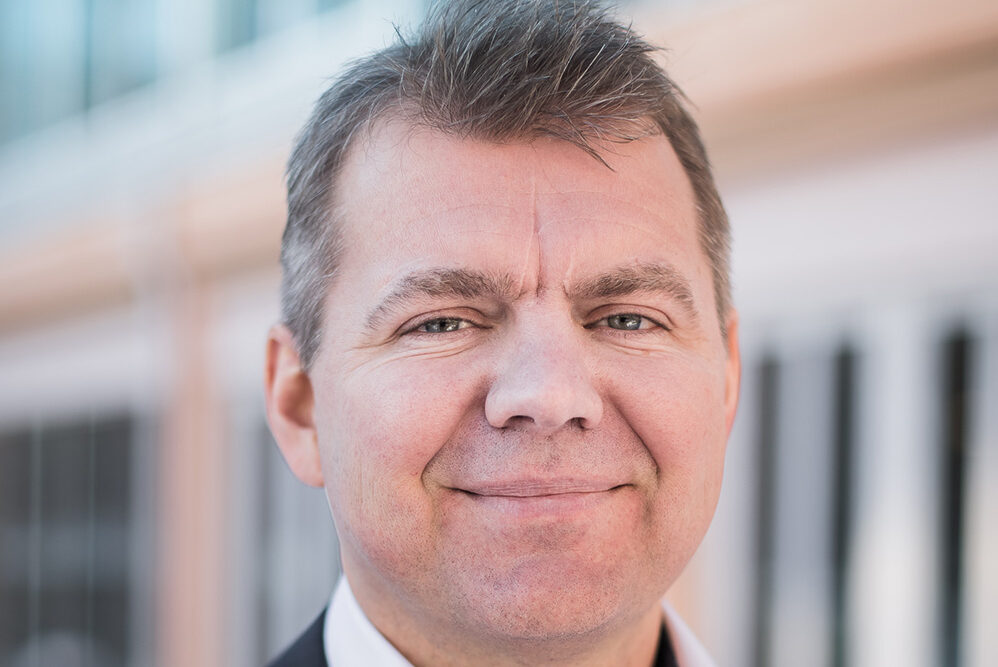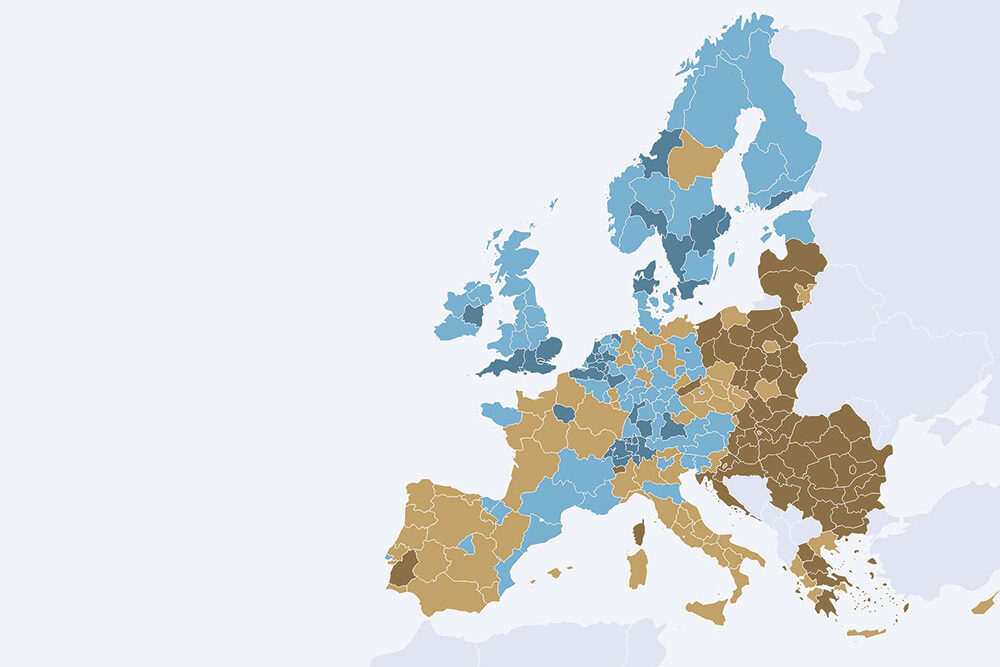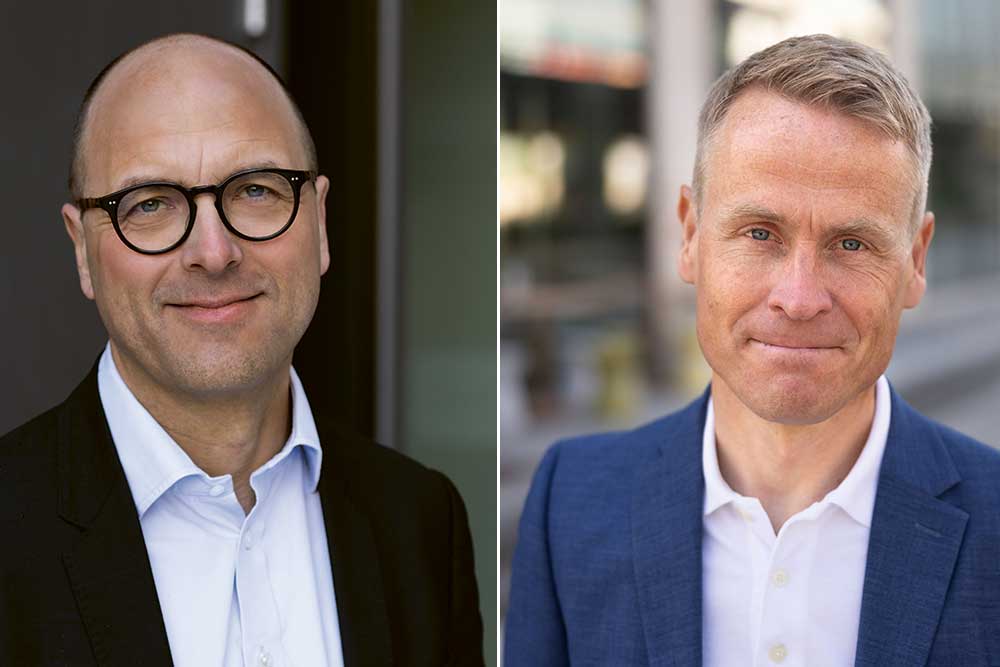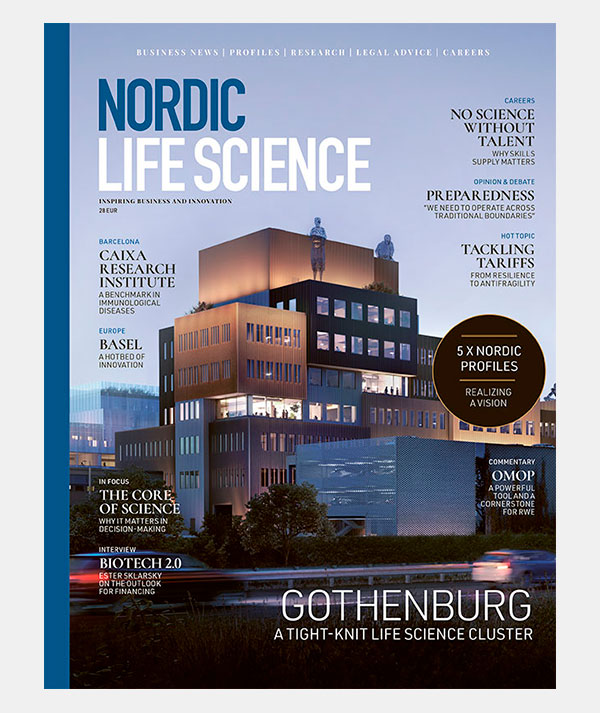Who should lead the transformation towards sustainable healthcare?

With healthcare systems under unsurmountable pressure and patient care at risk, embracing a holistic approach to sustainable healthcare is critical to protecting the future of healthcare.
Re-defining sustainability within healthcare
When you think of the word sustainability, does your mind jump to climate action and environmental responsibility? You wouldn’t be alone. While it’s crucial to address the healthcare sector’s significant role in the environmental crisis, true sustainability goes beyond reducing carbon emissions.
True sustainability goes beyond reducing carbon emissions.
Healthcare professionals across the globe are experiencing record levels of burnout. Retention and recruitment are in crisis.1 This is driven by healthcare workers being expected to meet the growing demands with limited staff and resources.
Unless we embed clinician and patient wellbeing into the sustainability conversation, we risk further weakening the very systems we aim to protect.
We know we can’t do this alone. At Mölnlycke’s new global headquarters in Gothenburg, Sweden, we brought together panellists from government, academia and industry to address the key question: who should lead the transformation towards sustainable healthcare?
A holistic approach to sustainable healthcare
While the healthcare sector has made progress in addressing climate impact, wider dimensions of sustainable healthcare, such as clinician wellbeing, are emerging as critical priorities.
Our panellists unanimously agreed that sustainable healthcare cannot be addressed in isolation. To protect the future of healthcare an integrated model that pulls environmental, social and systemic levers must be adopted.
Petra Noreback, State Secretary to the Minister for Social Affairs and Public Health of Sweden, stressed the importance of cross-sector partnerships in achieving sustainable healthcare. Noreback explained that the Swedish Government actively collaborates with academia and industry to create solutions and provides the legal and financial frameworks to turn sustainable concepts into reality.
What does sustainable healthcare look like now and in the future
The sector’s transformation is already underway, but there is still much to do. Christian Cederholm, CEO of Investor AB, underscored the responsibility of market-leading innovators to continue the drive for sustainability progress.
He reminded us that meaningful growth is rarely instantaneous; it is built through consistent, incremental improvements. As echoed by our panellists, many of these solutions are already in place, but scaling them demands coordinated political and systemic action.
Many of these solutions are already in place, but scaling them demands coordinated political and systemic action.
Take clinician wellbeing, for example. It’s widely recognised that healthcare professionals urgently need better support to prevent burnout and provide a better working experience. Tackling this crisis demands driving systemic interventions that evolve over time. Through successful engagement with political decision-makers, policy change can enhance clinicians’ working patterns and quality of life. This demands consistent and concerted advocacy efforts, it’s not a quick fix.
Across our sector, we have the resources, insights, and strategic capabilities to turn sustainable healthcare from aspiration into reality. But before we can build solutions, we must first clearly define the problems and commit to solving them with purpose and precision.
From competition to collaboration: solving the sustainability challenge together
Boubou Hallberg, Chief Executive Officer of Sahlgrenska University Hospital, spoke to a glocal approach to collaboration, involving knowledge-sharing both locally and across borders. And as our CEO Zlatko Rihter emphasised, sustainable solutions must not only scale effectively but also be well-attuned to local barriers, as challenges will vary from country to country.
The medtech industry and the healthcare sector have a shared ambition to democratise care for all. To achieve this, we must collaborate glocally and create a new standard for innovation, one that overlooks competition and prioritises equity, quality and access.
Turning words into action
It is essential that system design reflects every perspective, from those who deliver care to those who receive it.
Medical students need to be involved in system reform conversations.
But to make this effective, we must also include educators and students. As emphasised by Professor Jenny Nyström, Dean of Sahlgrenska Academy, medical students need to be involved in system reform conversations. They will inherit the consequences of our choices made today and must be equipped for resilient, rewarding careers.
One example of how to do this is Mölnlycke’s partnership with Halmstad University, Sweden on the Center for Applied Intelligent Systems Research (CAISR) project, which explores how AI can help improve patient healing trajectories using real-world patient data. We recognise the value in embracing and involving emerging minds to enter the workforce and create new solutions to old problems.
A shared mission for a shared future
So, who is responsible for leading the transformation towards sustainable healthcare? All of us.
That’s why we’re opening our doors to likeminded stakeholders at a glocal level, to co-create the systems of tomorrow.
Together, we can build a healthcare system that supports professionals, empowers patients and protects the planet. For this generation and the next.
about the author
Emma Wright is Chief Medical Officer at Mölnlycke
Published: October 20, 2025












